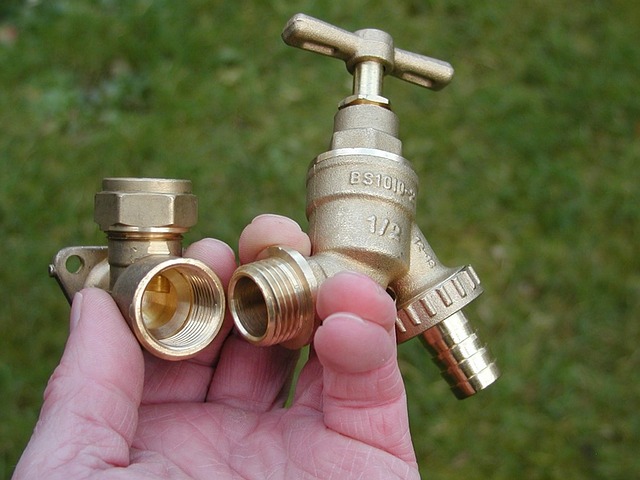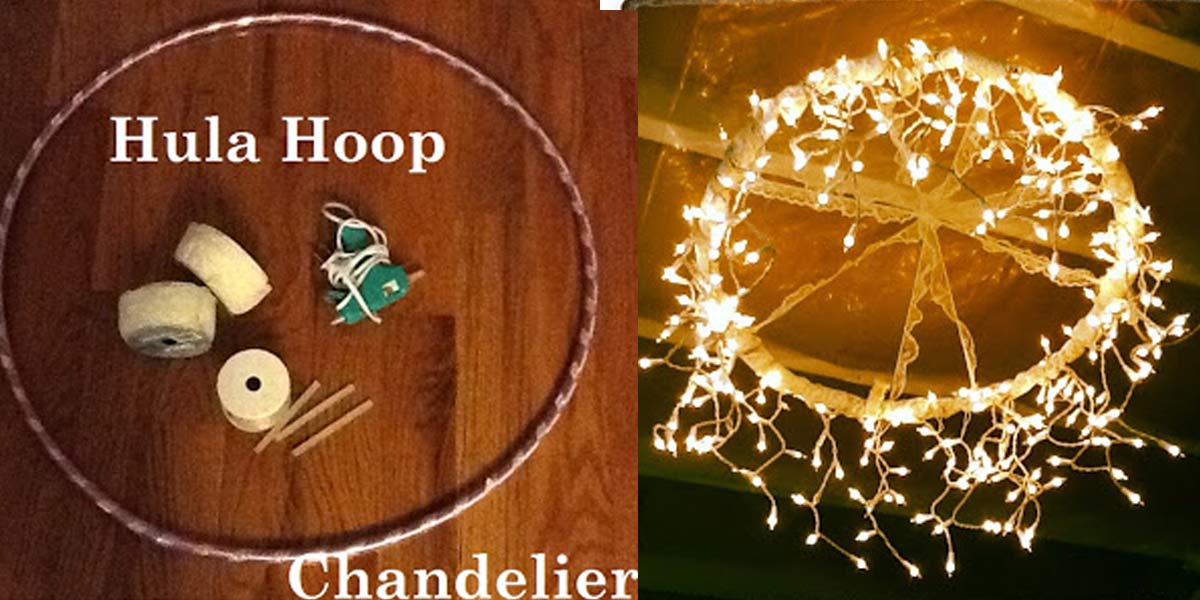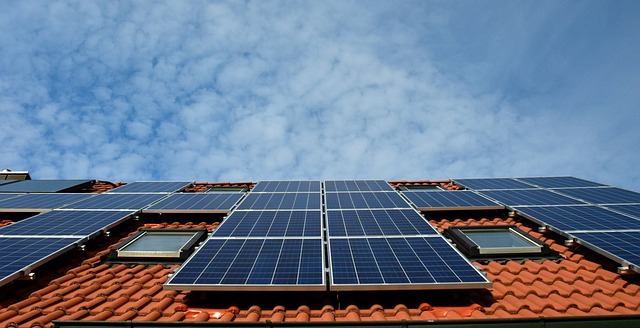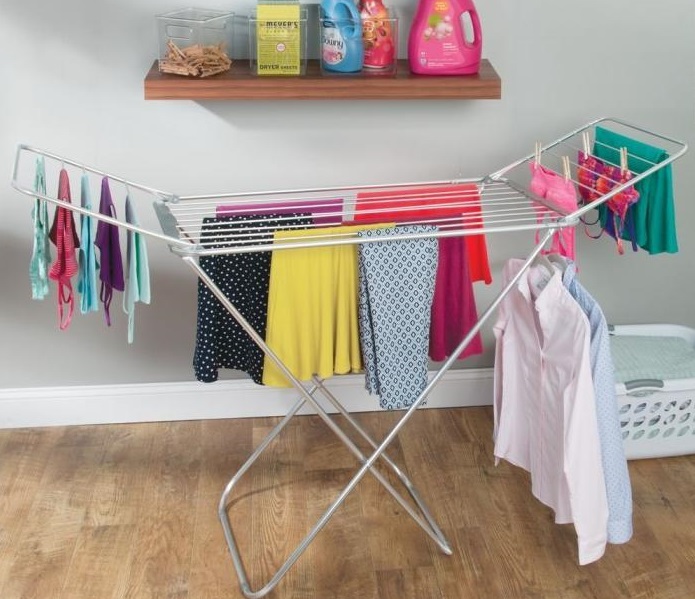Gutter installation is often a job for the pros but many handy homeowners choose to give it a shot. With so many unexpected challenges faced when installing an entirely new drainage system on a new build or ripping down the existing gutters and doing a full replacement, it can be a massive feat for only those with minimal experience.

When installing new gutters, it’s crucial that no detail goes unnoticed and if geometry was not your strongest subject in high school, it’s time to hit the books because the gutter angles and proper slope (among other challenges) are vital to ensuring the gutters do their job of channeling water away from your home and not into your roofing material, foundations, or exterior walls.
Challenges in DIY Gutter Installation
So what are you up against if you do decide to install your own gutter system? Check out these gutter installation challenges.
Unstable Fascia
Be sure to check your home’s fascia for decay, rot, and how secure it is to the home. If attempting to fasten gutters designed to carry heavy water away from your home, the fascia must be solid.
Uneven Roof Line
Many DIY gutter installers may be tempted to follow the roof line when installing the gutters but depending on the age of the home or the quality of construction, there’s a possibility that the existing roof line bends or slopes – going unnoticed by the naked eye. Without first checking the level of your roof line, avoid installing gutters solely based on the visual aspects.
Perfecting the Slope
To channel water effectively, there must be a slight slope or elevated pitch at one corner of your home to urge the water toward the downspouts. Installing gutter runs that are completely level may result in water pooling, collecting more debris than normal, and attracting mosquitos for breeding. The gutters should slope a minimum of ¼ of an inch per 10 feet of gutters.
If the pitch is too intense, gravity can cause the water to flow too quickly and spill out over the gutters as opposed to flowing into the downspout as intended.
Gutter Sizing
Depending on your specific area and how much annual precipitation you receive, as well as how much roofing material your home has should go into the decision-making process in selecting an appropriate gutter size. The size of the gutter refers to the width out from the home’s fascia. The more rain or the higher/larger the roof, the larger the gutter size your home will need to withstand the amount of water flowing through them.
Choosing the Right Gutter Material
From metal to vinyl, there are many different types of gutters on the market today but choosing a gutter material that’s perfect for your home and your region is crucial to ensure their lifespan. While a bit more costly, consider installing the most durable gutter material possible and avoid those that can be easily cracked or broken with a simple tree branch contact or extreme weather conditions.
Downspout Placement
Analyze the earth surrounding your home. When looking to place downspouts, avoid areas that would allow drained water to flow back toward your foundation. Be sure the gutter downspouts extend far enough from your home to prevent water from soaking into your basement. Place downspouts in areas conducive to great drainage and prepare your downspouts to extend several feet from the home – minimally.
Gutter Sag
When using any type of fastener to secure gutter runs to your home’s fascia, be sure they are secured tightly. When the velocity of water traveling down your roof hits your gutters, sagging gutters allow the water to bypass the opening completely and drench the lawn below. They can also collect more water during rainstorms and pull even further down – causing damage to your home and gutter system.
Gutter Seams
If not investing in seamless gutters, you must use an appropriate sealant to prevent your gutters from leaking. Sealant (as opposed to traditional caulk) is the best choice for gutters due to its resilience to changing weather conditions and elasticity for outdoor use.
Conquer the DIY Challenges by Hiring a Gutter Installation Expert
If it all sounds like a lot to think about when installing your gutters from a two-story ladder with a bucket of fasteners, consider contracting out your gutter installation or full gutter replacement. Expert gutter technicians are well-versed in the most efficient and long-lasting installation methods to ensure your home’s features remain safe from water damage.






